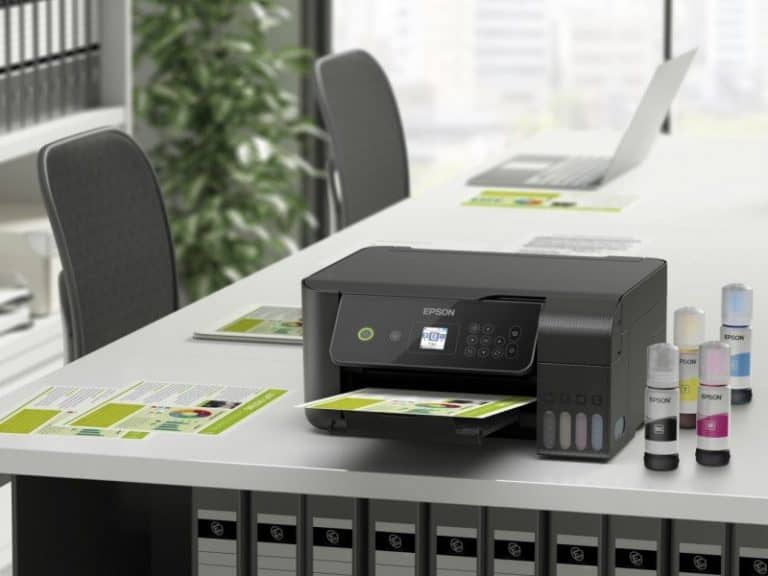Printer manufacturer Epson is abandoning laser printing technology in favour of inkjet systems and self-proclaimed sustainability credentials.
Laser printers used to be an expensive investment. Years ago, their high costs made them unaffordable for most households and small businesses, but ultimately, they became more affordable.
Epson stated last week that it will stop marketing and selling laser printers by 2026. The Seiko-owned organization adamantly said that action is being taken for the cause of “sustainability”. The decision affects both consumers and commercial users.
The differences in technology
Epson emphasized that the planet is a leading factor in its choice to concentrate solely on inkjet printers. Inkjet and laser printers operate differently. Laser printers need a laser, drum, toner and heat to print an image. In contrast, inkjet printers use nozzles.
According to Koichi Kubota, Epson’s sales and marketing manager, laser printers function by heating and glueing toner to a page, while Epson’s heat-free inkjet innovation consumes less power by employing mechanical energy to discharge ink onto the page.
Printer waste remains an issue
According to a frequently cited 2012 study, 375 million ink and toner cartridges enter US landfills each year. Cartridges are a significant source of waste, not to mention paper and energy consumption.
We don’t fault Epson for trying to seem more environmentally friendly in its printer business. However, we regret that despite having the opportunity, it has disregarded a significant environmental issue related to its operations.
Even when printers technically function, Epson has bricked models due to allegedly oversaturated inkpads. According to Epson, this prevents ink from leaking throughout the printer. However, planned obsolescence is a big ‘no’ for green technology.
Tip: AWS shows a lot of power at re:Invent 22 opening keynote
